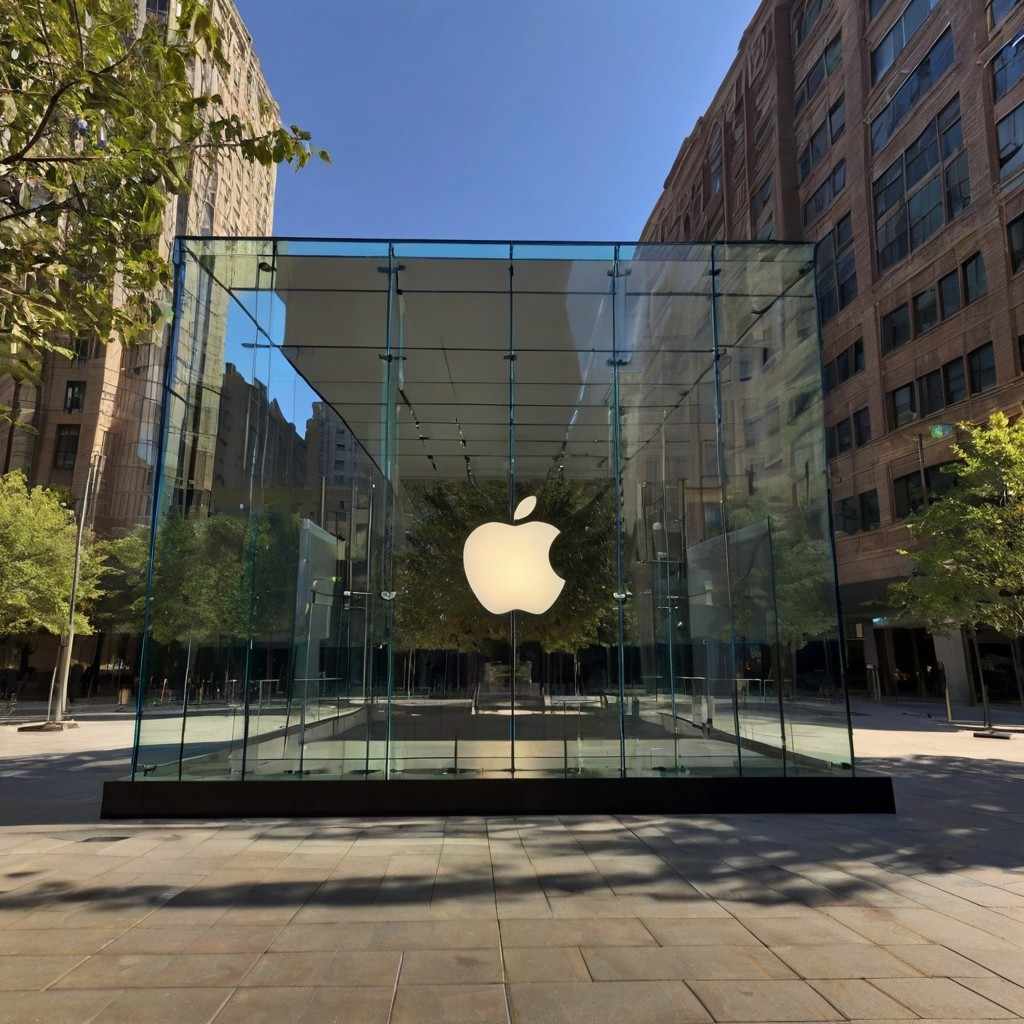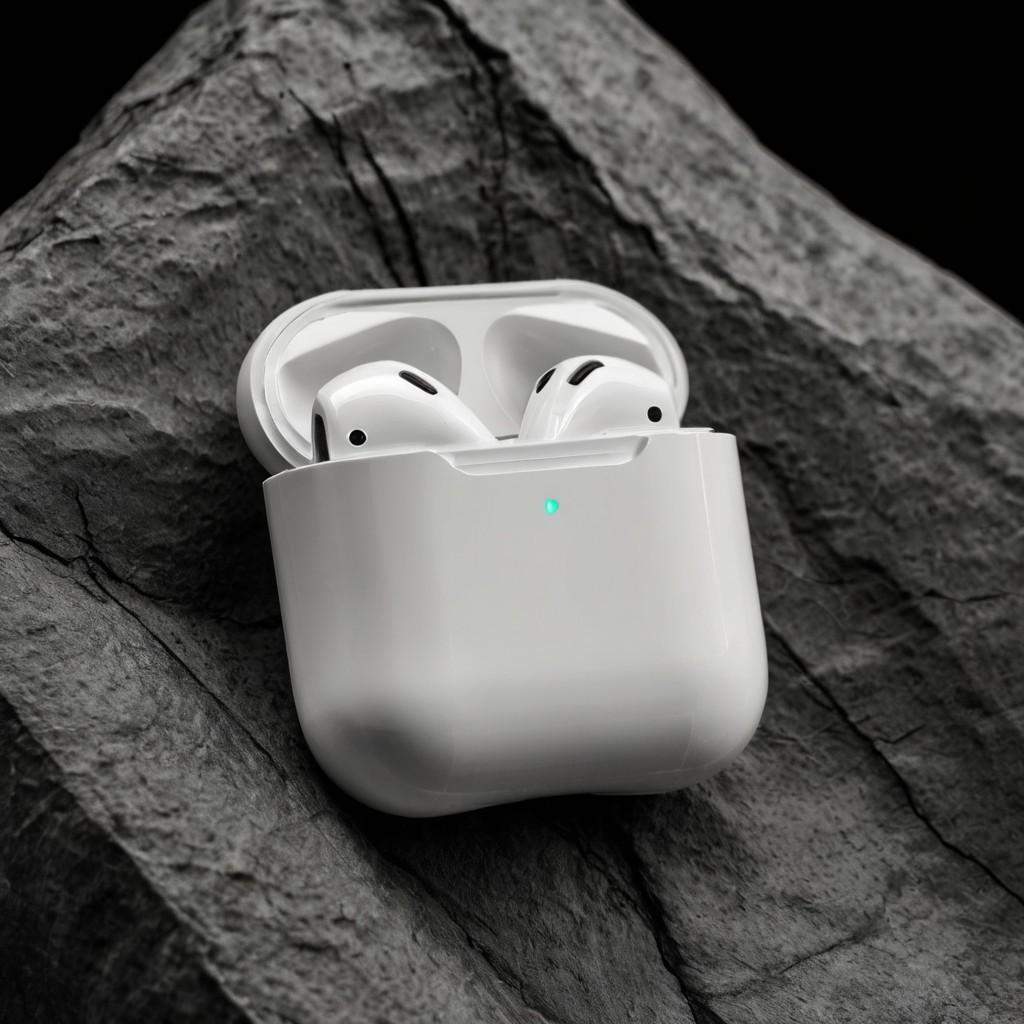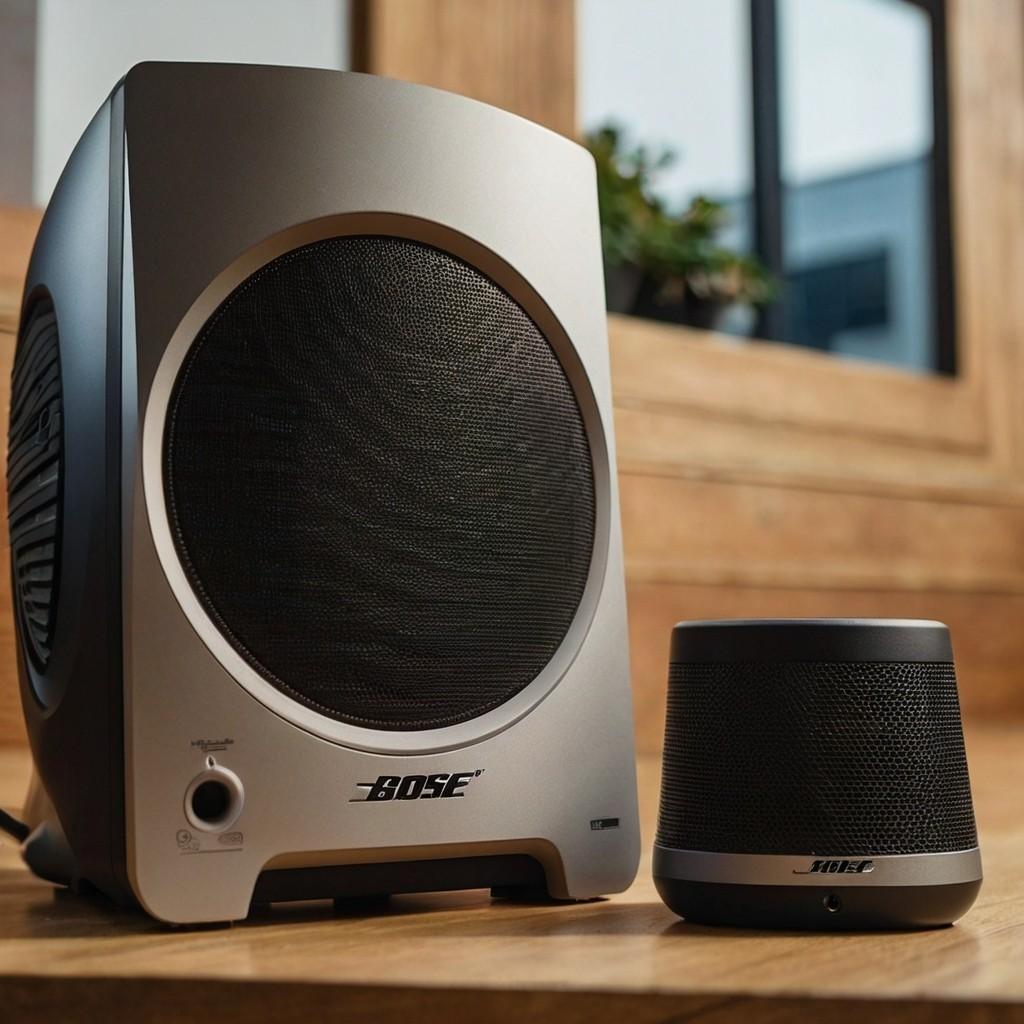Youtube to Mp3: Convert Videos Effortlessly in Seconds
YouTube to MP3 converters allow users to extract audio from YouTube videos. These tools make it easy to enjoy music offline. YouTube has become a go-to platform for discovering music and podcasts. Many users want to listen to their favorite content without streaming. This is where YouTube to MP3 converters come in handy. They enable quick and straightforward conversion of videos into audio files. With just a few clicks, you can save your favorite tracks for offline listening. Various online tools and software options are available, catering to different needs. Some converters offer high-quality audio, while others focus on speed. Understanding how to use these converters effectively can enhance your listening experience. Enjoying music anytime and anywhere has never been easier. Credit: iconduck.com Youtube To Mp3 Transform YouTube videos into MP3 audio files effortlessly. This process allows users to enjoy music and podcasts offline. Ideal for music lovers seeking convenience and portability, converting YouTube to MP3 simplifies access to favorite audio content. Engaging with YouTube content has become second nature for many, but sometimes you want to enjoy that audio without the video. Converting YouTube videos to MP3 format offers a simple solution for music lovers, podcasters, and anyone looking to save audio for offline listening. This process allows you to create a personalized playlist with just your favorite audio tracks. Why Convert Youtube To Mp3? Understanding the benefits of converting YouTube videos to MP3 can enhance your listening experience. Here are key reasons to consider: Offline Access: Listen to your favorite tracks without needing an internet connection: Perfect for travel or areas with limited connectivity. Storage Efficiency: MP3 files are generally smaller than video files: Saves space on your device while retaining quality audio. Convenience: Easily create playlists from various videos: Tailor your audio collection to fit your mood or activity. How To Convert Youtube To Mp3 Converting YouTube videos to MP3 is straightforward. You can use various online tools or software. Here’s a step-by-step guide: Select a Conversion Tool: Choose a reputable online converter: Look for features like speed, quality, and user reviews. Copy the Video URL: Go to the YouTube video you want to convert: Right-click and select “Copy link address.” Paste the URL: Open your chosen converter and paste the URL: This initiates the conversion process. Tips For Safe Conversions Safety is crucial when converting YouTube to MP3. Follow these tips for a secure experience: Use Trusted Sites: Stick to well-reviewed conversion tools: This minimizes the risk of malware or unwanted ads. Check File Quality: Ensure the converter allows you to select audio quality: Higher quality files enhance your listening experience. Avoid Excessive Ads: Be wary of sites flooded with advertisements: They can lead to a frustrating user experience or potential security risks. Legal Considerations Being aware of the legal aspects of converting YouTube content is important. Here’s what to keep in mind: Copyright Issues: Downloading copyrighted material without permission can lead to legal trouble: Always respect creators’ rights. Personal Use Only: Many guidelines permit conversions for personal use: Avoid sharing or distributing converted files without consent. Check YouTube’s Terms: Familiarize yourself with YouTube’s policies: Staying informed can help you navigate any potential issues. Youtube To Mp3 Converter — Free Convert YouTube videos to MP3 effortlessly with a free converter. Enjoy your favorite music offline without any hassle. Fast, user-friendly, and reliable, this tool makes audio extraction simple and accessible for everyone. Converting YouTube videos to MP3 format has become increasingly popular among music lovers and content creators. Whether you’re looking to create a playlist for your daily commute or save a motivational speech for future inspiration, a reliable YouTube to MP3 converter can make this process seamless and efficient. Fortunately, many free options are available, allowing you to enjoy your favorite audio without any cost. Benefits Of Using A Free Youtube To Mp3 Converter Opting for a free YouTube to MP3 converter comes with several advantages that enhance your experience: Cost-effective: No financial commitment means you can convert as many videos as you like without worry. User-friendly interface: Most free converters offer intuitive designs, making it easy for anyone to navigate. Quick conversion: Enjoy fast processing times that get your audio ready in just a few clicks. Wide compatibility: Many converters support various video formats, ensuring you can convert nearly any YouTube video. How To Choose The Best Free Converter Selecting the right converter can significantly impact your experience. Consider the following factors: Reputation: Look for converters with positive user reviews and a solid online presence. Features: Check for additional tools like batch conversion or editing options that enhance functionality. Download speed: A reliable converter should provide quick downloads, saving you valuable time. Security: Ensure the site uses encryption and has a privacy policy to protect your data. Top Free Youtube To Mp3 Converters Several platforms offer excellent free services. Here are some popular choices: YTMP3: Simple interface and quick downloads make it a favorite among users. ClipConverter: Supports various formats and offers additional editing features. FLVTO: Known for its high-quality audio output and user-friendly design. MP3FY: This converter allows you to extract audio from multiple video platforms, not just YouTube. Steps To Convert Youtube Videos To Mp3 The conversion process is straightforward. Follow these easy steps: Find the video: Copy the URL of the YouTube video you want to convert. Paste the URL: Open your chosen converter and paste the URL into the designated field. Select format: Choose MP3 as your desired output format. Start conversion: Click the convert button and wait for the process to complete. Download your audio: Once finished, download the MP3 file to your device. By understanding these elements, you can efficiently convert your favorite YouTube videos to MP3 format, enjoying endless audio possibilities without spending a dime. Youtube To Mp3 Converter Convert YouTube videos to MP3 effortlessly with a reliable converter. Enjoy your favorite audio tracks anytime, anywhere. This tool simplifies downloading high-quality audio from YouTube, making music access easier than ever. Converting YouTube videos to MP3 format
Youtube to Mp3: Convert Videos Effortlessly in Seconds Read More »










